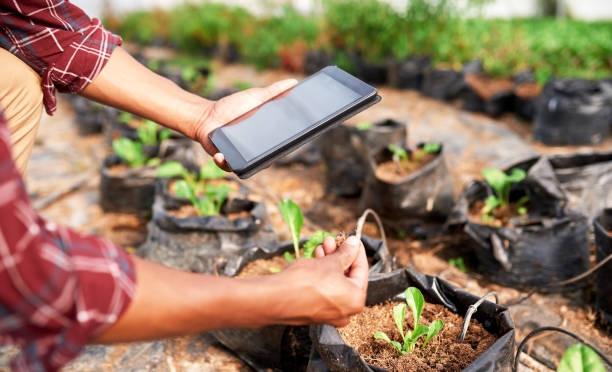Introduction
Agriculture is not just Africa’s past—it is its future. More than 60% of Africa’s population depends on farming for livelihood, yet many farmers still struggle to find reliable buyers, fair prices, and cross-border opportunities. Traditionally, agricultural markets have been dominated by middlemen, price distortions, and high inefficiencies. But today, a new wave of digital platforms is rewriting the story.
Platforms like Next Harvest Africa are leading the change by connecting farmers, traders, and buyers directly—cutting out unnecessary costs and unlocking borderless opportunities.
The Challenges of Traditional Agricultural Trade:
- Dependence on Middlemen: Smallholder farmers often rely on brokers who dictate prices, leaving farmers with as little as 20–30% of final market value.
- Limited Market Access: Rural farmers usually sell only within their local regions, missing out on higher regional or export prices.
- Post-Harvest Losses: Without efficient distribution channels, up to 40% of food in Africa spoils before reaching consumers.
- Lack of Trust & Transparency: Buyers fear fraud or poor quality, while farmers mistrust delayed payments or exploitative deals.
By removing middlemen, digital platforms are boosting smallholder farmers’ profit margins by up to 30%. — Agricultural Economist, Dr. Aisha Mbolela
How Digital Platforms Transform Trade
1. Direct Connections
Farmers list their commodities—grains, fruits, livestock—on platforms where verified buyers across Africa can engage directly. This eliminates unnecessary intermediaries.
2. Price Transparency
Digital platforms allow price comparisons across regions. Instead of guessing or relying on brokers, farmers know market prices in real time.
3. Efficient Matching
Buyers post their needs (RFQs – Requests for Quotation), and platforms automatically match them with relevant sellers.
4. Reduced Costs & Fair Earnings
With fewer middlemen, farmers keep more income, while buyers get better deals.
5. Cross-Border Opportunities
Through AfCFTA, digital platforms expand opportunities beyond borders—unlocking markets in Kenya, Tanzania, Uganda, Rwanda, South Africa, and beyond.
The Benefits for Farmers and Buyers
- Farmers: Better income, faster payments, reduced wastage, broader reach.
- Buyers: Direct sourcing, lower costs, trusted transactions, access to quality.
- Traders: Scalability, ability to manage large volumes, and reduced risks.
Case in Point: Next Harvest Africa
Next Harvest Africa is building a peer-to-peer (P2P) marketplace where farmers, traders, and buyers can interact directly. The platform offers:
- RFQ engine: Buyers can request commodities (e.g., 900 tonnes of sugar in Kenya) and sellers respond.
- Transparent pricing: Everyone sees offers clearly.
- Cross-border links: Expanding across East, West, and Southern Africa.
Conclusion
Digital platforms are not a “luxury”—they are a necessity if Africa is to feed itself and the world. The power of connectivity means farmers no longer remain in the shadows of middlemen but can trade on their own terms.


